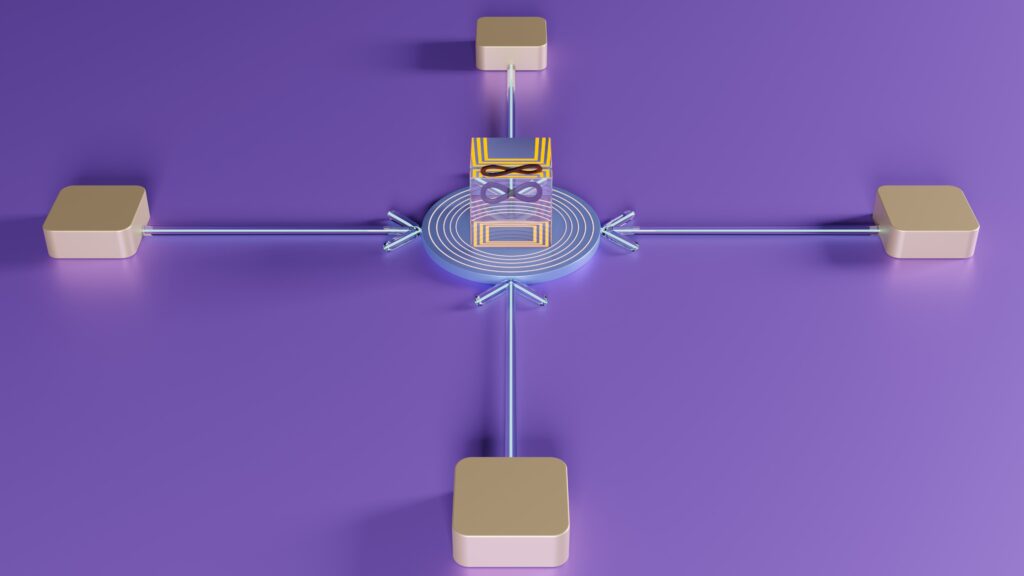In today’s fast-paced software development landscape, organizations are increasingly adopting DevOps practices to streamline their processes, enhance collaboration, and deliver high-quality software at a rapid pace. A critical component of successful DevOps implementation is Continuous Integration and Deployment (CI/CD), which allows for frequent code integration, automated testing, and efficient deployment. This article explores the concept of CI/CD, its benefits, and how it improves collaboration and code quality. We will also discuss popular CI/CD tools and plugins that help organizations achieve seamless integration and deployment.
What is CI/CD?

CI/CD refers to the continuous integration and deployment of code changes in an automated and efficient manner. It involves combining software development (integration) and software release (deployment) processes into a streamlined workflow. With CI/CD, developers frequently integrate their code changes into a shared repository, triggering automated build processes, testing, and deployment. This approach ensures that the codebase is continuously validated and can be rapidly deployed to production environments.
Benefits of CI/CD
a) Faster Time-to-Market: CI/CD enables organizations to accelerate software delivery cycles, reducing the time it takes to bring new features and enhancements to end-users. Automated build and deployment processes eliminate manual errors and delays, resulting in faster time-to-market.
b) Increased Collaboration: CI/CD promotes collaboration among development, operations, and quality assurance teams. By integrating code changes regularly, team members can identify conflicts and resolve them early, ensuring a smooth development process.
c) Improved Code Quality: Continuous integration ensures that code changes are validated against a suite of automated tests. This helps catch bugs and issues early in the development cycle, leading to higher code quality and reducing the risk of releasing faulty software.
d) Enhanced Deployment Reliability: CI/CD pipelines automate the deployment process, reducing the chance of human error. By consistently deploying software in a standardized and repeatable manner, organizations achieve greater deployment reliability and stability.
How Continuous Integration Improves Collaboration and Code Quality

Continuous integration plays a pivotal role in fostering collaboration and improving code quality within development teams. It enables:
a) Early Bug Detection: By integrating code changes frequently, any bugs or integration issues can be detected early, allowing developers to address them promptly. This leads to higher code quality and reduces the time and effort spent on debugging later in the development cycle.
b) Rapid Feedback Loop: CI provides developers with immediate feedback on the impact of their code changes. This allows them to quickly identify and rectify issues, promoting a continuous learning and improvement culture within the team.
c) Code Consistency: CI enforces coding standards and practices by running automated code analysis tools. This ensures consistency in code style, structure, and documentation, leading to maintainable and easily understandable codebases.
d) Conflict Resolution: With multiple developers working on the same codebase, conflicts may arise. CI helps identify and resolve these conflicts early, preventing delays and ensuring a smooth development process.
CI/CD Tools and Plugins
Several CI/CD tools and plugins are available to support organizations in achieving seamless integration and deployment. Some popular ones include:
a) Jenkins: An open-source automation server that allows for the creation of flexible CI/CD pipelines.
b) GitLab CI/CD: Built-in CI/CD capabilities within the GitLab platform, enabling seamless integration and deployment workflows.
c) CircleCI: A cloud-based CI/CD platform that provides fast and scalable build and test environments.
d) Travis CI: A popular CI/CD tool that integrates with GitHub repositories, providing automated builds and testing.
e) AWS CodePipeline: A fully managed CI/CD service by Amazon Web Services, enabling continuous integration and deployment for cloud-based applications.
Conclusion
CI/CD, a core component of DevOps practices, enables organizations to streamline their software development and release processes, leading to faster time-to-market, improved collaboration, and enhanced code quality. By leveraging CI/CD tools and plugins, teams can automate build, testing, and deployment processes, reducing errors and achieving deployment reliability. Embracing continuous integration practices fosters collaboration, code consistency, and early bug detection, driving continuous improvement within development teams. With the right tools and practices in place, organizations can effectively implement CI/CD and reap the benefits of faster, more reliable software delivery.
FAQs:
What is the difference between Continuous Integration and Continuous Deployment?
Continuous Integration (CI) involves frequently integrating code changes into a shared repository and running automated tests. Continuous Deployment (CD) goes a step further by automating the deployment of successfully tested code changes to production environments.
How does CI/CD enhance collaboration among development teams?
CI/CD encourages frequent code integration, allowing developers to identify conflicts early and work together to resolve them. It also provides a rapid feedback loop, enabling quick iteration and collaboration based on real-time results.
Can organizations achieve CI/CD without using cloud-based solutions?
Yes, organizations can implement CI/CD on their own infrastructure or use on-premises solutions. However, cloud-based solutions offer scalability, flexibility, and ease of use, making them popular choices for implementing CI/CD.
Are there any security considerations when implementing CI/CD?
Security is a critical aspect of CI/CD implementation. Organizations should incorporate security testing into their CI/CD pipelines, regularly update dependencies, and enforce security best practices to ensure secure software delivery.
Can CI/CD be applied to non-software development projects?
While CI/CD is commonly associated with software development, its principles, and practices can be adapted to other projects that involve iterative development and deployment processes, such as infrastructure provisioning or data pipeline creation.

